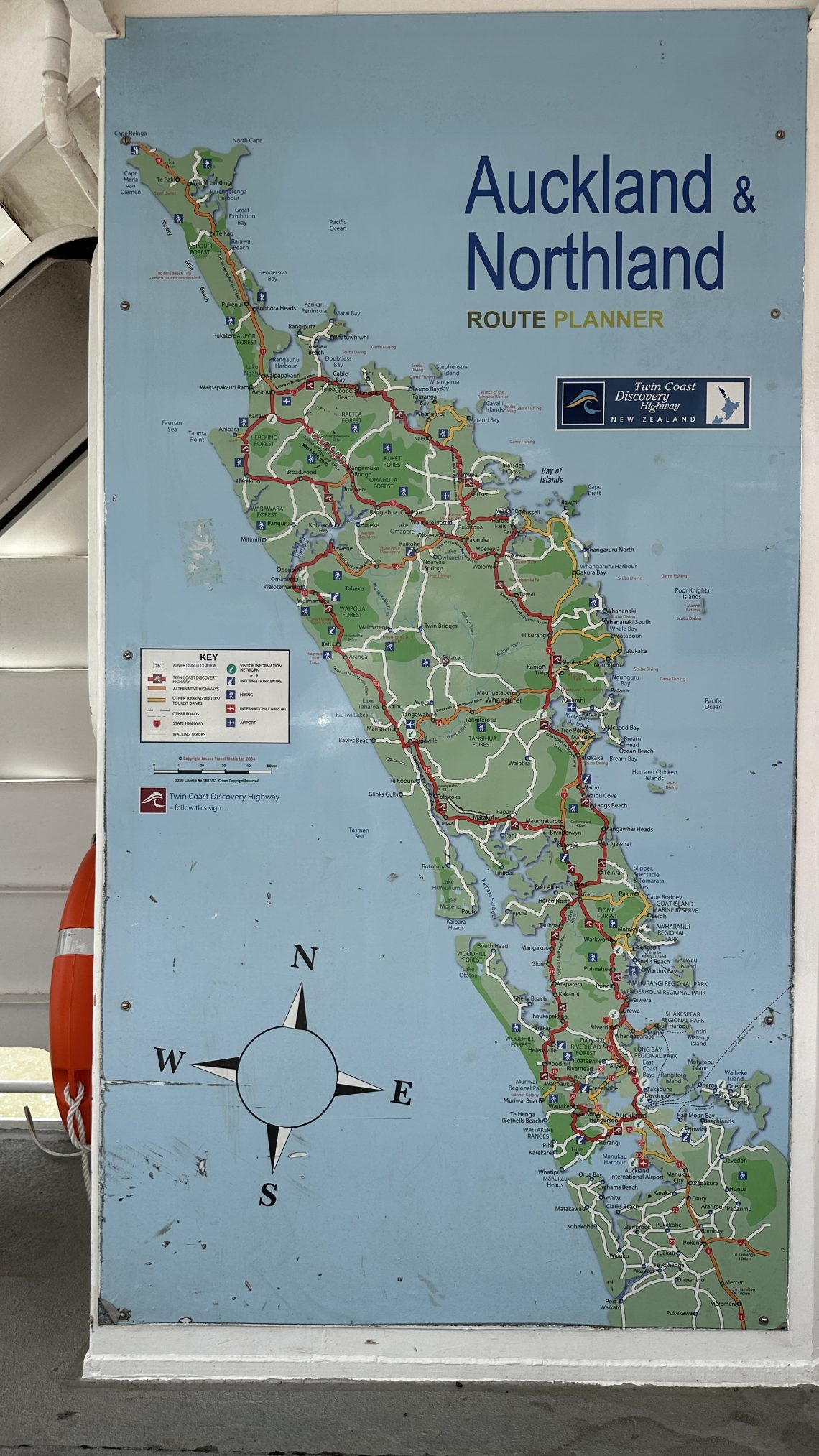
Twin Coast Discovery Highway – West
On the itinerary for today is the Twin Coast Discovery Highway, which runs along the coast on the western side of the North Island. On the way there, of course, we first have to get the pretty good breakfast behind us and heave our luggage, and not least ourselves, into the car. Well, that part is already done.
The Twin Coast Discovery Highway West…
… is largely identical to State Highway 12. So we first cross the Auckland Harbor Bridge and then stay on State Highway 1 until Brynderwyn. There we turn left
onto the SH 1, the Twin Coast Discovery Highway, on which you get closer and closer to the coast, but don’t reach it at first because the Wairoa River is incredibly wide and blocks the way. We follow the mighty river north to Dargaville.
The landscape is not really attractive, but rather flat and monotonous. But that changes quite dramatically from Dargaville onwards: it becomes hillier, more curvy and the forest becomes more and more dense. And our first intermediate destination is causally related to the forest: we want to visit the “god of the forest”, the Tāne Mahuta.
Tāne Mahuta
Wikipedia knows about this:
At 51.2 m, the tree is the largest known kauri tree and the largest tree in New Zealand. Its circumference at ground level is 13.77 m, which corresponds to a diameter of almost 4.4 m. The trunk height from the ground to the base of the crown is 17.68 m, the trunk volume is 244.5 m³.[1] The tree only has branches at a height of 18 m.[2]
Rich in epiphytes, Tāne Mahuta is located in Waipoua Forest in the Northland region of the North Island and was discovered in 1928 by Nicholas Yakas during road construction work.[1] The name of the tree comes from the Māori language and is named after the forest god of the same name, Tāne. Today the tree is still sacred to the Māori (on whose grounds it stands) and it is considered desecration for outsiders to touch it. The age of the tree is not known; Estimates put it at up to 2,000 years ago. In 2019, vitality studies were carried out because the cowries are threatened by the life-threatening root rot (Phytophthora).
In order to protect the tree and the surrounding forest as best as possible, people in New Zealand resort to unusual means: In an elaborately built entrance area, brooms are installed with the bristles upwards, on which you first brush off your shoes. After visually checking whether everything is clean, you press the shoe onto a grid through which the shoes are then disinfected. Only after this complex procedure can you reach a footbridge that is built on stilts a good meter above the forest floor.
You are not allowed to leave this footbridge. as well as? Firstly, you would have to climb over the railing and secondly, you would then be in the middle of the jungle, where you would have to make your way through the tangle of greenery, roots and dead plant remains. It smells extremely spicy and fresh and around us life and death are celebrating happy origins. Every spot is used as a basis by a wide variety of plants, other plants settle at the forks of the trees, meter-long aerial roots look for support – it’s wonderful.
And then he comes into view: the Tāne Mahuta! Impressive! From the photos you can’t even estimate how powerful this tree is, which, according to researchers, probably grew where it still stands today during the time of the Roman Empire.
So, now let’s move on soberly again! After a few more tight bends the view slowly clears up again and over a steep hump the mouth of the Hokianga comes into view. Opposite, on the northern side of the river, rises a huge dune. On “our” side we drive along the river to the ferry, which saves us many kilometers of detour and takes us to the northern bank.
A good fifty kilometers further along the Twin Coast Discovery Highway it comes into view: 90 Miles Beach! The sandy beach actually stretches north along the west coast for a good 90 miles until it ends just before Cap Reinga.
We venture by car to the waterline. Apparently we’re not committing any sin by doing this, because it’s full of pickups and quads here. A few donuts later we complete the last few kilometers to Kaitaia, where we pull into the worst motel ever.
In the “Orana Motor Inn & Restaurant, both the inn and the restaurant are closed. So it doesn’t deserve the addition of the name! The “motel” in the name does exist, but if we had slept in the tent, we would have had more comfort and peace, than in this dump.
You can see once again how the description on the internet and the experience in reality diverge. Even the beautiful picture with the pool has little in common with reality. I didn’t even want to wash my car with that water!
What makes matters worse is that practically all other restaurants and bars also turn off their lights shortly before eight o’clock. Only one Indian restaurant, the “Indian Spice” is still open, but it turns out to be a very good choice (basically we had no other choice!) turns out: the food is very tasty, it is inexpensive and the service is friendly and attentive.
Well, it’s all no use! We squeeze into the micro rooms and into the… beds. Well then good night!

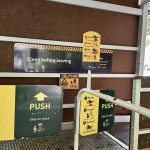

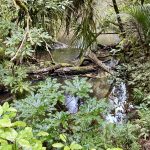


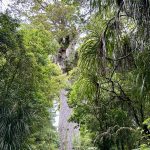
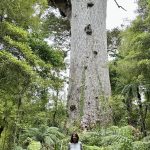
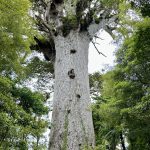

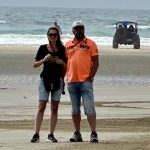
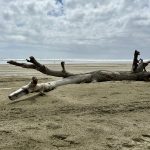
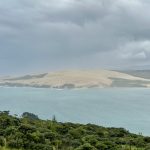
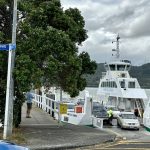
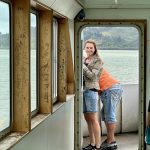
One Comment
Pingback: